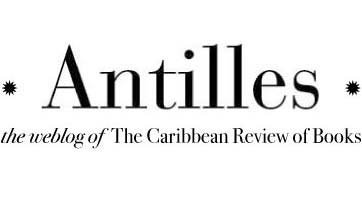A judge's journal: part four
I've come to recognise the special engine-hum of the DHL delivery van, and the driver must wonder why so many heavy boxes--for books are heavy--are suddenly being shipped to my house. It's been more than a month since I last updated my Commonwealth Writers' Prize "judge's journal", but it's not because I've stopped reading. The opposite: I'm reading frantically, fuelled by tea, late into the night, and failing to keep up with the flood of books entered for next year's prize.
I've just unpacked the last batch, and added them to my log. Now the books join the perilously tall piles on my bedroom floor--I do most of my reading in bed, and I like to have them close to hand. Terrifyingly, there is over a month remaining till the final entry deadline, and I've come to dread the appearance of the DHL van. So far--if my ever-shaky arithmetic can be relied upon--eighty-two books have arrived. Some are polite, slim short story collections, and these can be knocked off in a day. Others--so many!--are vast tomes, wrist-strainers, epic sagas, the kind that take a month to read under normal circumstances.
Is there some cosmic court I can lobby to have an extra three months inserted between now and year-end?
More seriously: I'm enjoying much of what I'm reading, and so far I'm impressed by what the Canadian publishing industry in particular has produced over the last year. But there's been one big disappointment for me in this whole prize-reading exercise, and it's something I've discussed before. Surprisingly and alarmingly few of the books I've received so far are by Caribbean or Caribbean-born writers. Merely a tenth of them, in fact.
Now, books are entered for the CWP by their publishers, and there is a limit to the number each house can enter. So you might blame the shortage of Caribbean books in my bedside stack on publishers who don't bother to enter the Caribbean titles on their lists. But: parallel to the CWP entries, there's another steady stream of books that flows into my office, of review copies sent to the CRB. As it happens, many of the CWP-entered titles are ones that previously arrived for the magazine, and then were sent out for review. I keep a log of those as well. And I must say I haven't noticed any important works of Caribbean fiction sent to the CRB that weren't also entered for the CWP.
What's my conclusion here? I'm not sure. Maybe just a general anxiety about the state of Caribbean fiction. Are there good writers out there who aren't being published? Is it just a low-output year? Are good writers from the Caribbean working in other forms and genres than the novel or the short story?
A statistical tidbit to close. I've been struck by the number of books by Canadian authors of south Asian ancestry that have arrived among the CWP entries. Many more, in fact, than by Caribbean-born writers. And many of them are really good. Keep an eye on the literary south Asian diaspora in Canada. I think they're on their way to redefining the "Indian" novel.



